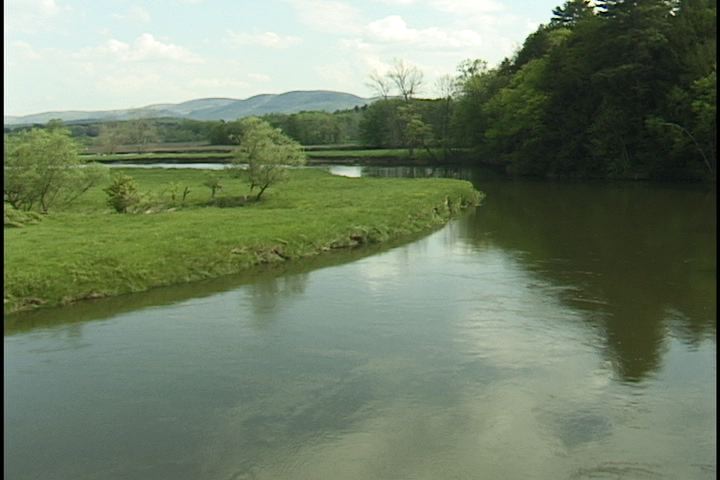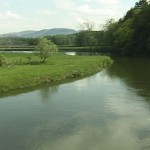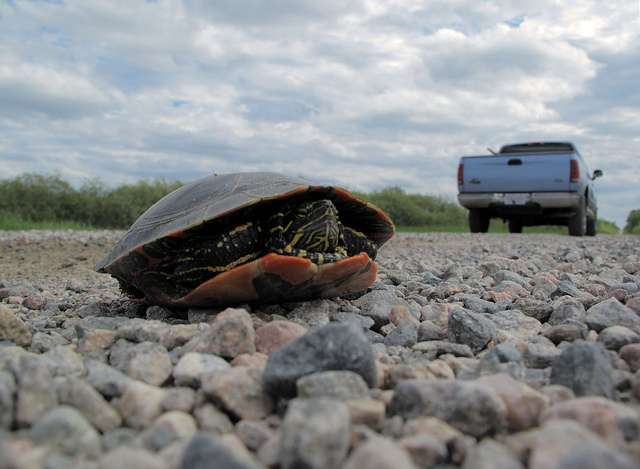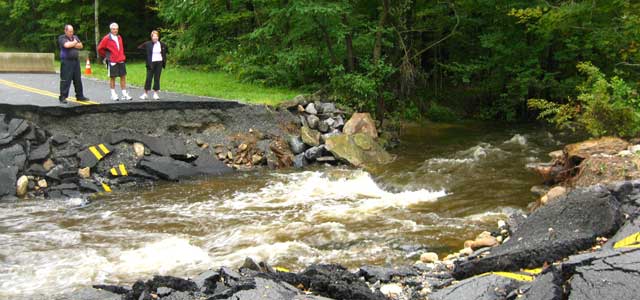
BEAT’s Wetlands Protection Act Tutorial
 Wetlands are valuable resources, and one of the most useful tools we have for protecting those resources is the Massachusetts Wetlands Protection Act. The local agency responsible for enforcing this act is the local Conservation Commission. At the state level, the Massachusetts Department of Environmental Protection (DEP) has this responsibility. If you are looking for a tutorial on this law or on the workings of a conservation commission, BEAT’s tutorial is the place to start. BEAT can help you to understand the Wetlands Protection Act, the role of your local Conservation Commission, your rights as a citizen or property owner, and the processes related to this law.
Wetlands are valuable resources, and one of the most useful tools we have for protecting those resources is the Massachusetts Wetlands Protection Act. The local agency responsible for enforcing this act is the local Conservation Commission. At the state level, the Massachusetts Department of Environmental Protection (DEP) has this responsibility. If you are looking for a tutorial on this law or on the workings of a conservation commission, BEAT’s tutorial is the place to start. BEAT can help you to understand the Wetlands Protection Act, the role of your local Conservation Commission, your rights as a citizen or property owner, and the processes related to this law.
Comments are closed.




With the serious threat of wind turbines being built on Lenox Mountain, what consideration has been given to animal and amphibian habitat? Wetland areas will be damaged or destroyed for endangered salamanders and frogs. Why does the Audubon Soc. support wind turbines? If this technology affects the health of humans (insomnia, ear problems, etc.) due to noise, flashing lights and non-stop ground vibration, how can it not affect animal life, as well? Please answer these questions.
Hi Joan,
You bring up some good issues. First of all I should tell you that BEAT doesn’t have a global position for or against wind power. We look at each individual project independently. There are a number of wildlife-related and habitat-related issues that we generally look at when reviewing a project. We believe that wind-power projects, and alternative-energy projects in general, should not get a free pass when it comes to environmental regulations. This means that construction must comply with the Massachusetts Wetland Protection Act and other relevant state and federal regulations and guidelines. We also feel strongly that habitat fragmentation is one of the most serious threats to biodiversity. This means that the site for a project must be chosen carefully so as not to inhibit the movement and migration of wildlife and should not disrupt existing wildlife corridors. We usually think of wildlife corridors in terms of land parcels, but we also have to protect migration routes of birds and protect areas that are heavily used by bats. You asked about the Audubon Society’s position. I’m not sure whether you meant the National Audubon Society or Massachusetts Audubon (two unrelated groups), but I would rather let them speak for themselves. I would suggest you contact them directly. I am glad that you are interested in protecting wildlife. Please stay involved, and contact me if I you have any other questions concerning BEAT’s position.
Bruce
bruce@thebeatnews.org